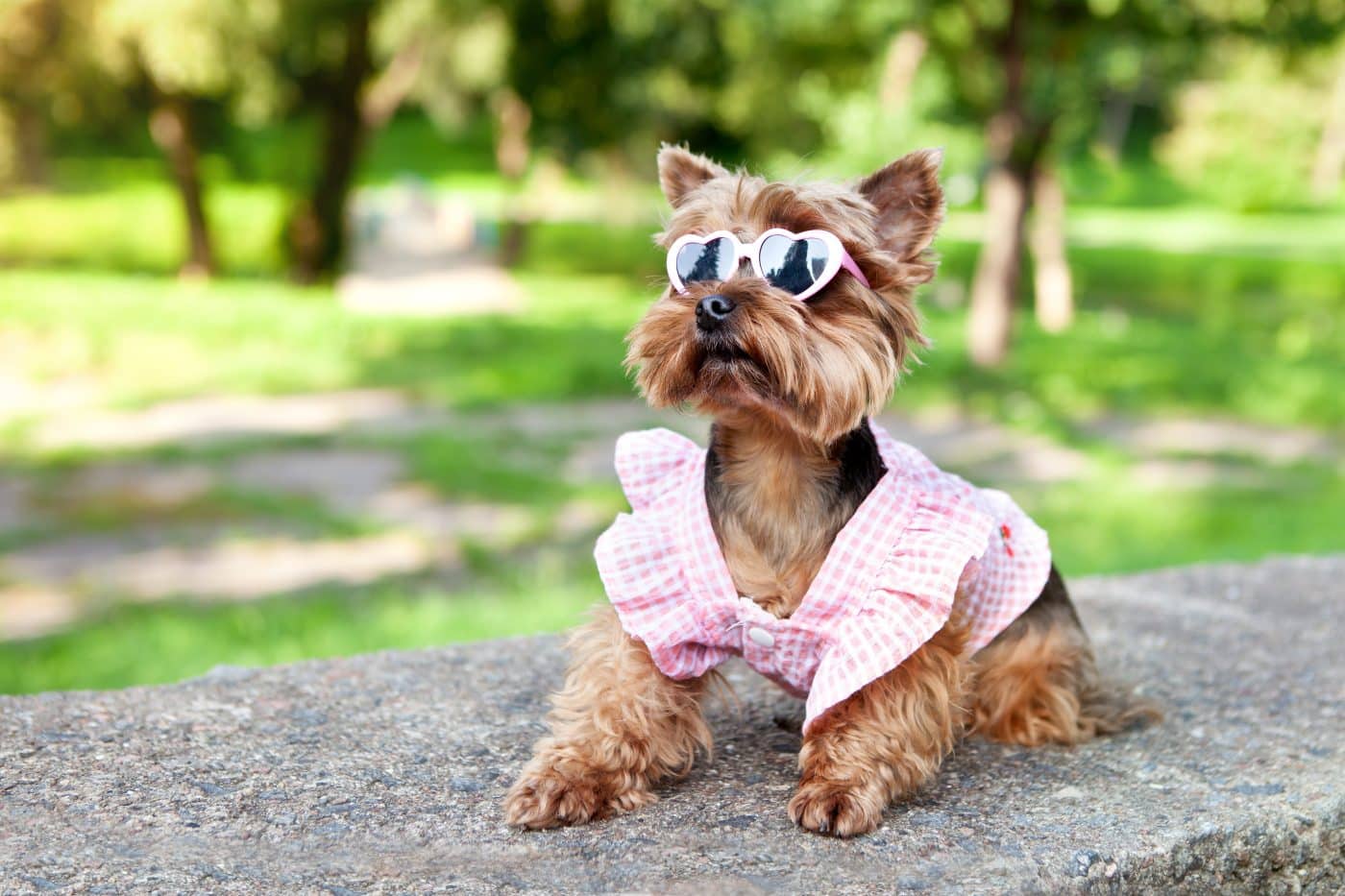 Shutterstock
Shutterstock
Before social media turned pets into influencers and designer collars became a thing, there were small dogs who lived the ultimate VIP lifestyle—long before “VIP” even existed. These weren’t just cute companions; they were status symbols, palace insiders, and accessories of nobility. These little breeds were the elite of the elite—eating better than the average villager and sleeping on cushions most of us couldn’t afford today. Their duties included looking adorable, warming laps, and occasionally being painted into portraits next to their equally pampered owners.
Pekingese
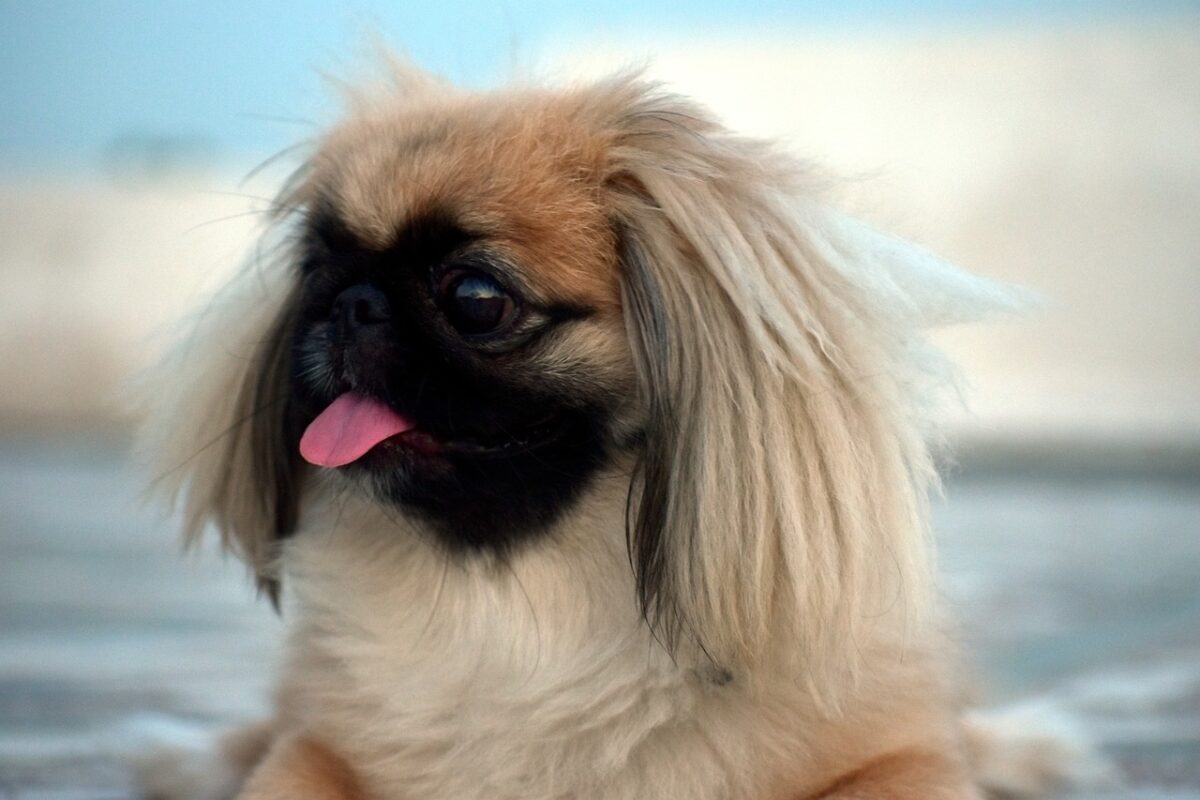 Shutterstock
Shutterstock
The Pekingese didn’t just belong to Chinese royalty—they practically were royalty. Bred exclusively for members of the imperial family, these tiny lions of the palace were pampered, protected, and even had their own servants. Commoners were forbidden to own one, and stealing a Pekingese could result in, well, not-great consequences. With their flowing coats and regal expressions, they were considered living symbols of status and spirituality. They didn’t walk through the palace—they floated, likely while being carried in velvet-lined sleeves.
Shih Tzu
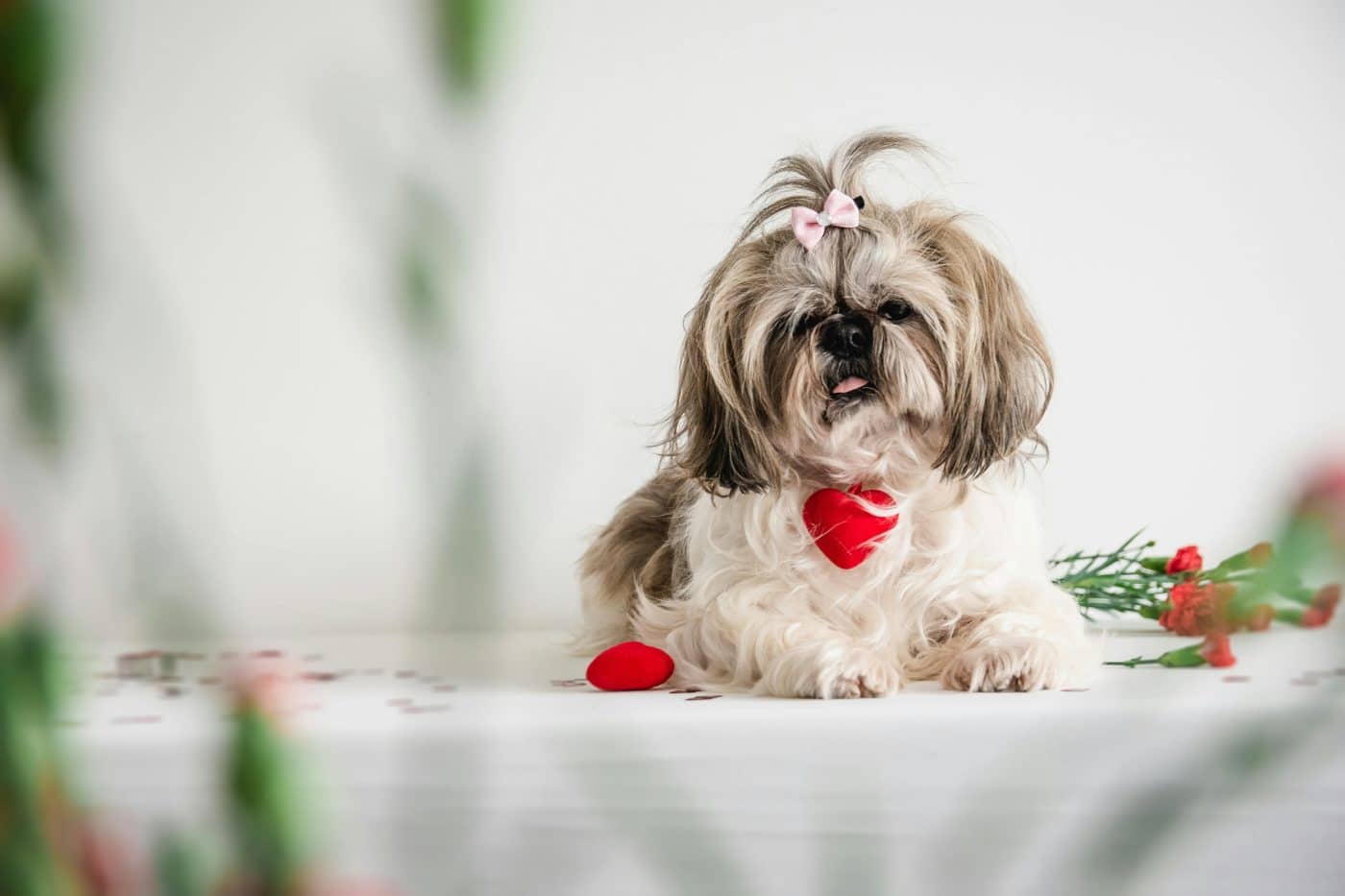 Shutterstock
Shutterstock
Shih Tzus were bred to resemble lions in ancient Chinese art, and if you’ve ever seen one strut across a room like it owns the place, you know they understood the assignment. A favorite of the Ming and Qing dynasties, Shih Tzus lived in palaces, slept on silk pillows, and was pampered to the point that “spoiled” would be an understatement. They were often seen as spiritual beings and companions to the royal family, particularly the empresses. These dogs weren’t just pets—they were tiny deities with fur and attitude.
Papillon
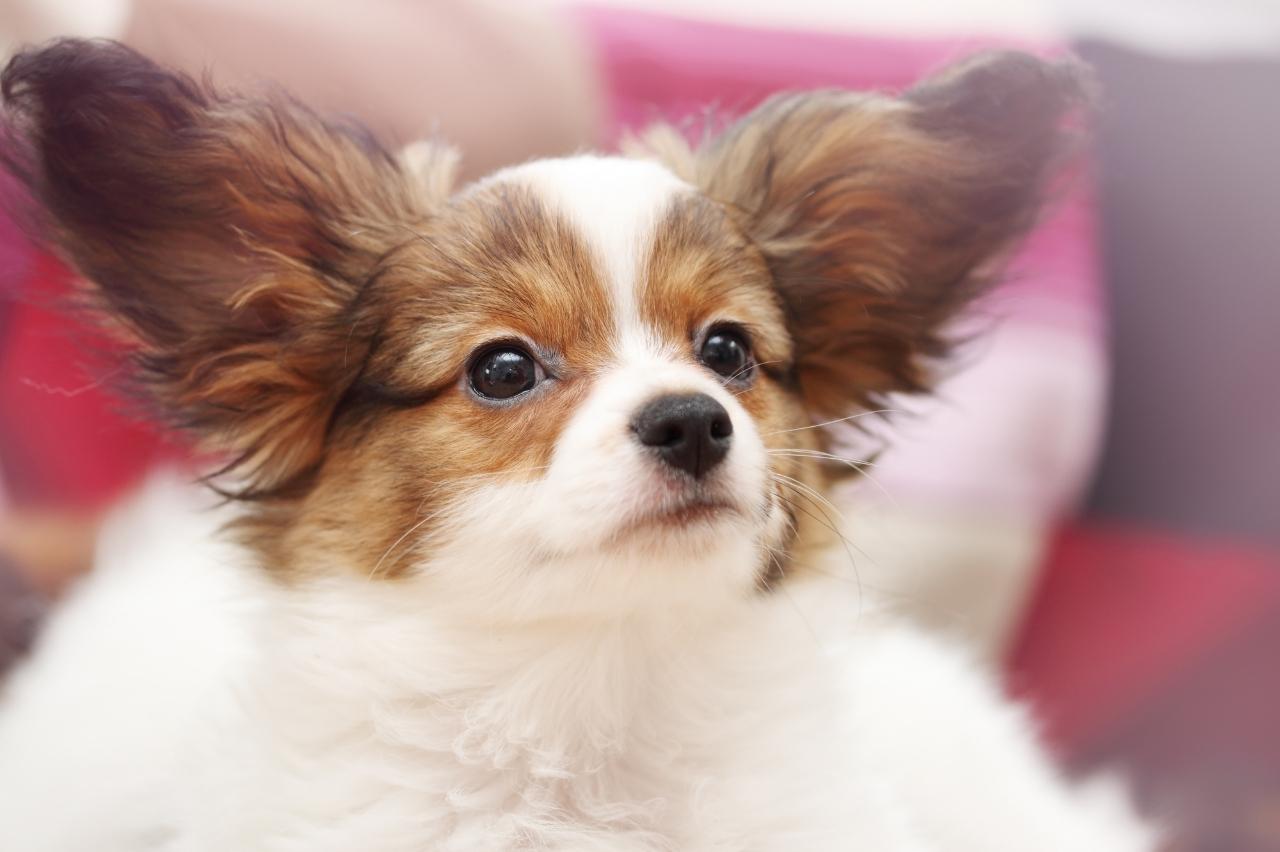 Shutterstock
Shutterstock
The Papillon, with its signature butterfly-shaped ears and dainty features, fluttered its way into the arms of European nobility during the Renaissance. These elegant little dogs appeared in countless royal portraits, often sitting on the laps of queens like Marie Antoinette. Despite their tiny frames, Papillons were lively and smart, charming their way into the finest courts in Europe. They were adored for their elegance and energy, and their main job? Looking fabulous while aristocrats argued over land.
Japanese Chin
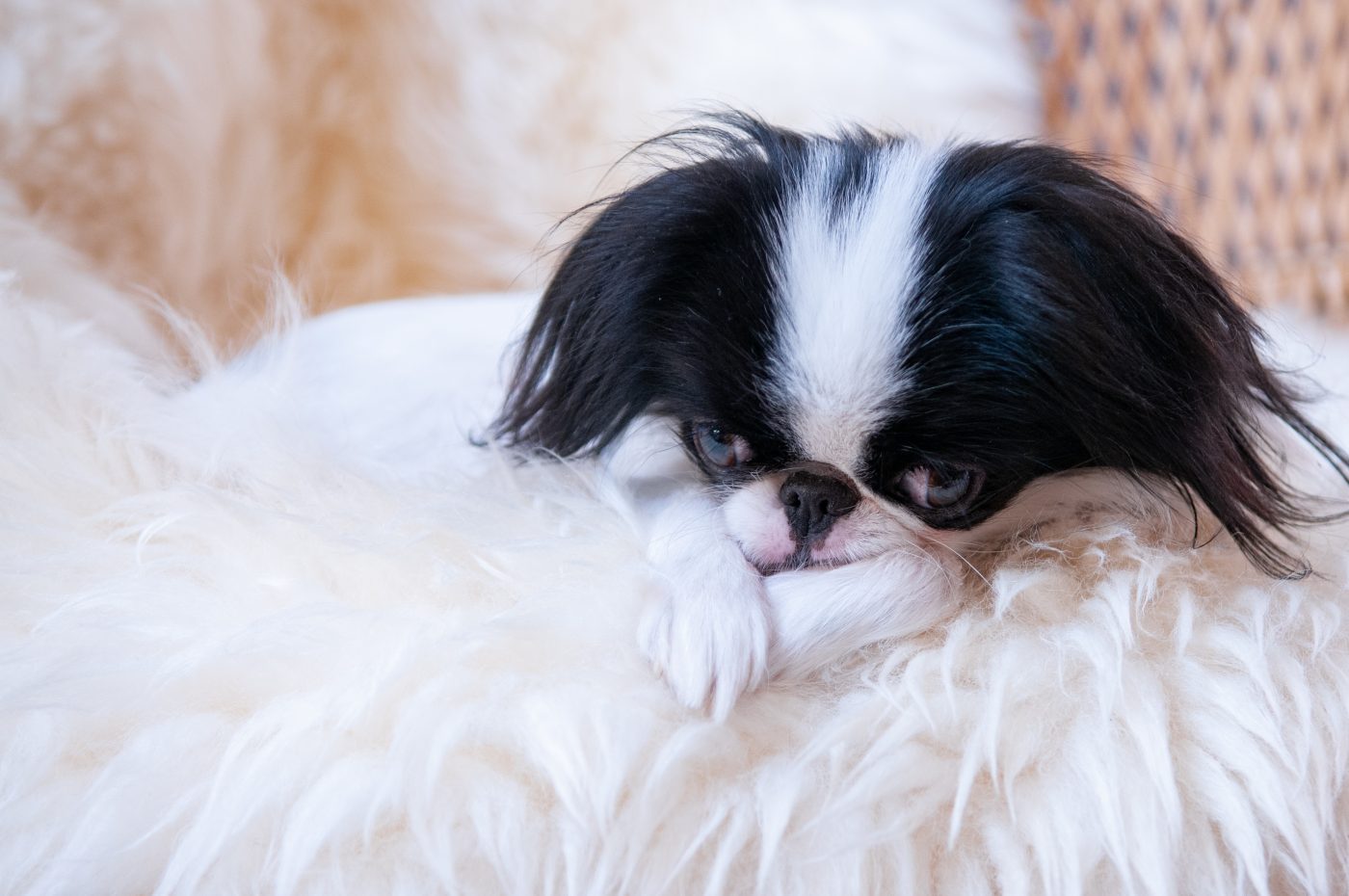 Shutterstock
Shutterstock
The Japanese Chin wasn’t just bred for royalty—it was practically revered as a work of art. A favorite in Japanese and Chinese imperial courts, the Chin was treated less like a pet and more like a prized possession. With its delicate build, plume-like tail, and expressive face, it was carried around like living porcelain. Nobles appreciated the Chin for its quiet grace and uncanny ability to look absolutely unimpressed by commoners. This breed didn’t bark—it judged silently and stylishly.
Maltese
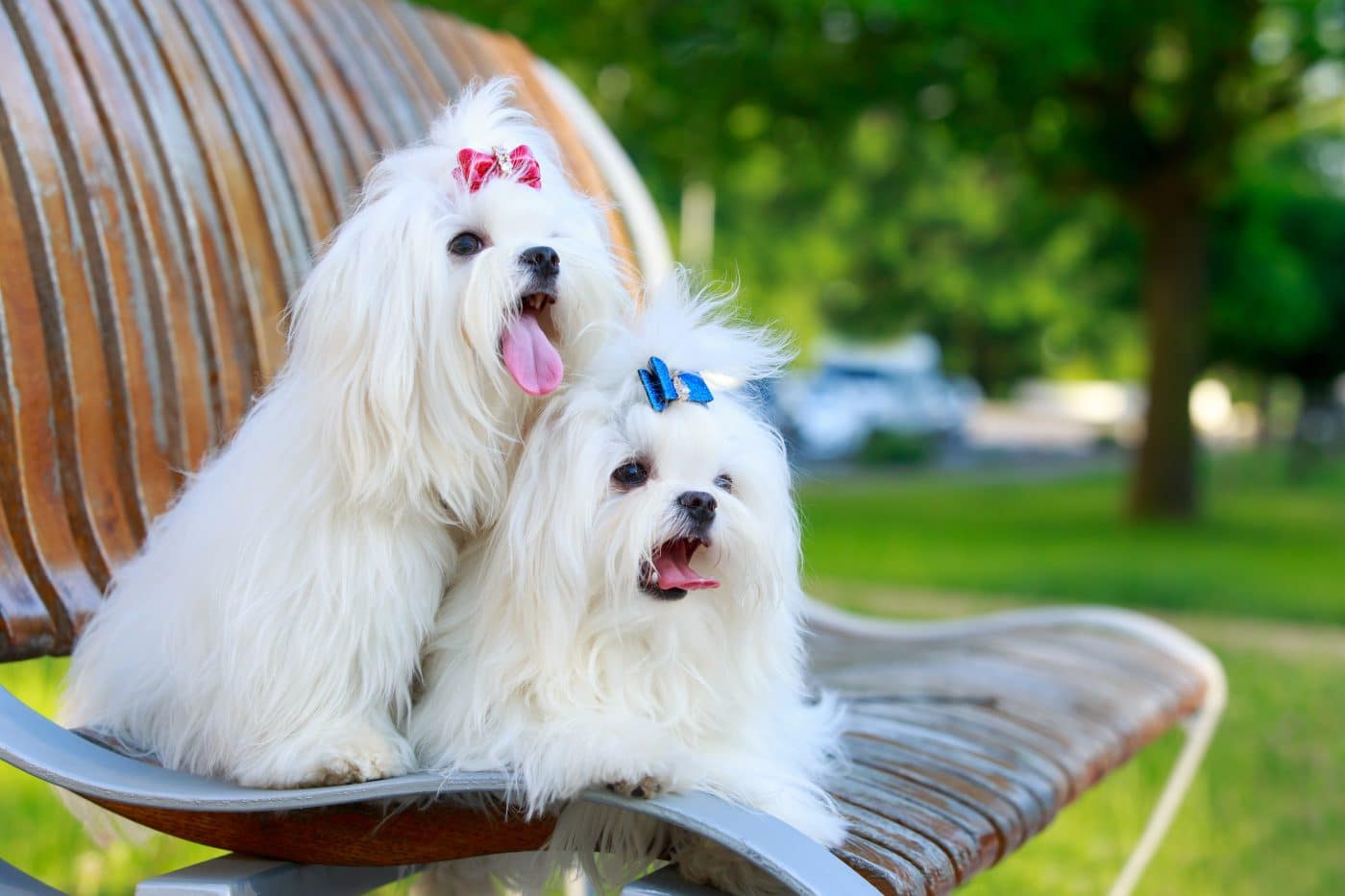 Shutterstock
Shutterstock
Few dogs have a longer history of luxury than the Maltese. This breed was the darling of Roman matrons, Greek philosophers, and later, European aristocrats who appreciated a lap dog with dramatic hair. With their all-white, flowing coats and affectionate nature, Maltese dogs were often adorned with bows and ribbons and featured in countless paintings. They were considered symbols of elegance and refinement, often gifted between royals and nobles. These tiny dogs didn’t just follow fashion—they set the standard.
Pomeranian
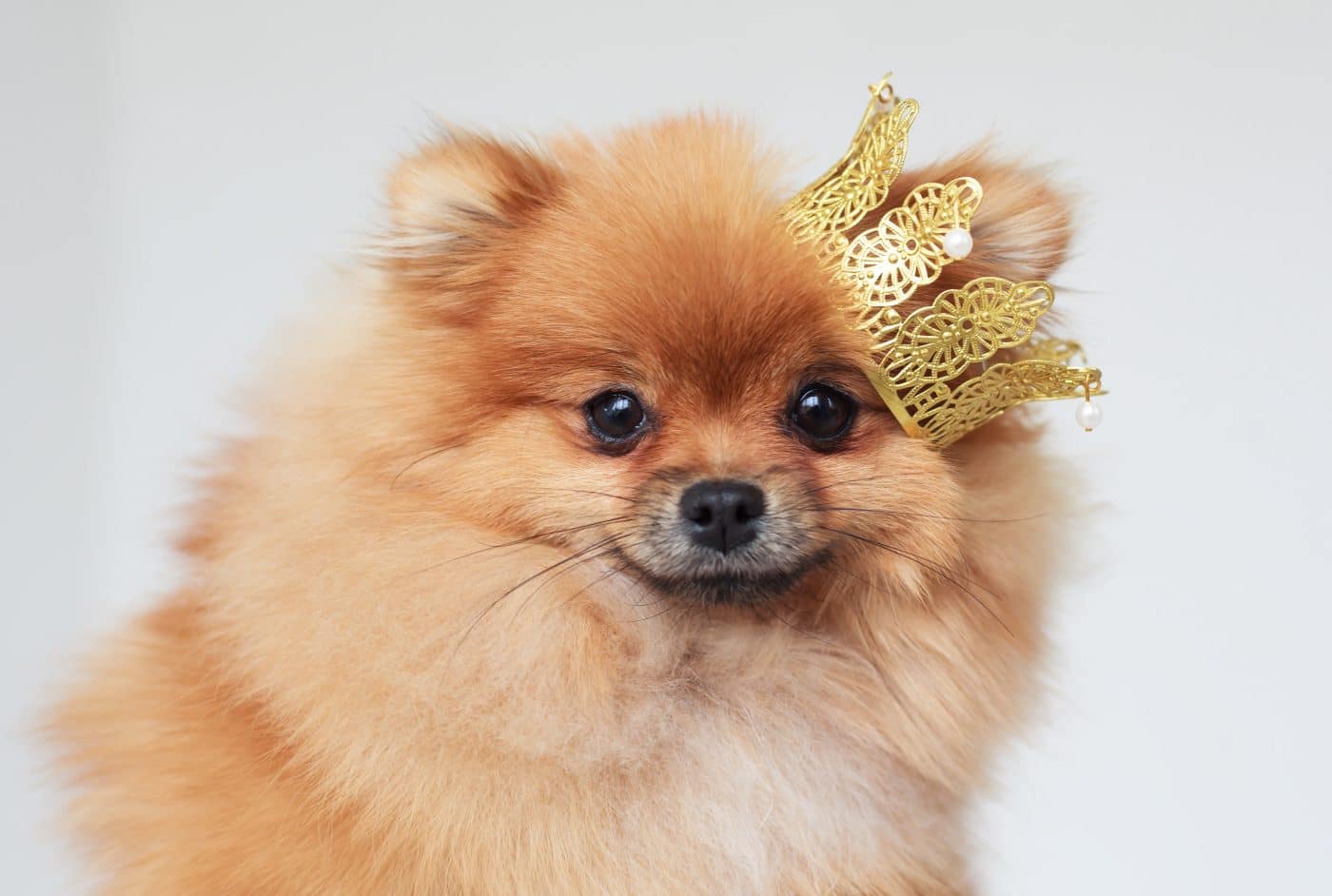 Shutterstock
Shutterstock
The modern Pomeranian may be fluffy and pint-sized, but it comes from a lineage of sled-pulling Arctic dogs. That changed when Queen Victoria fell head-over-heels for a much smaller Pom, helping popularize the miniature version we know today. Once that happened, Poms became a must-have accessory for fashionable nobility across Europe. Despite their tiny stature, Pomeranians carry themselves with bold confidence—probably because their ancestors pulled carts, and now they’re carried in designer bags. They’ve gone from snow dogs to palace posers without missing a beat.
Italian Greyhound
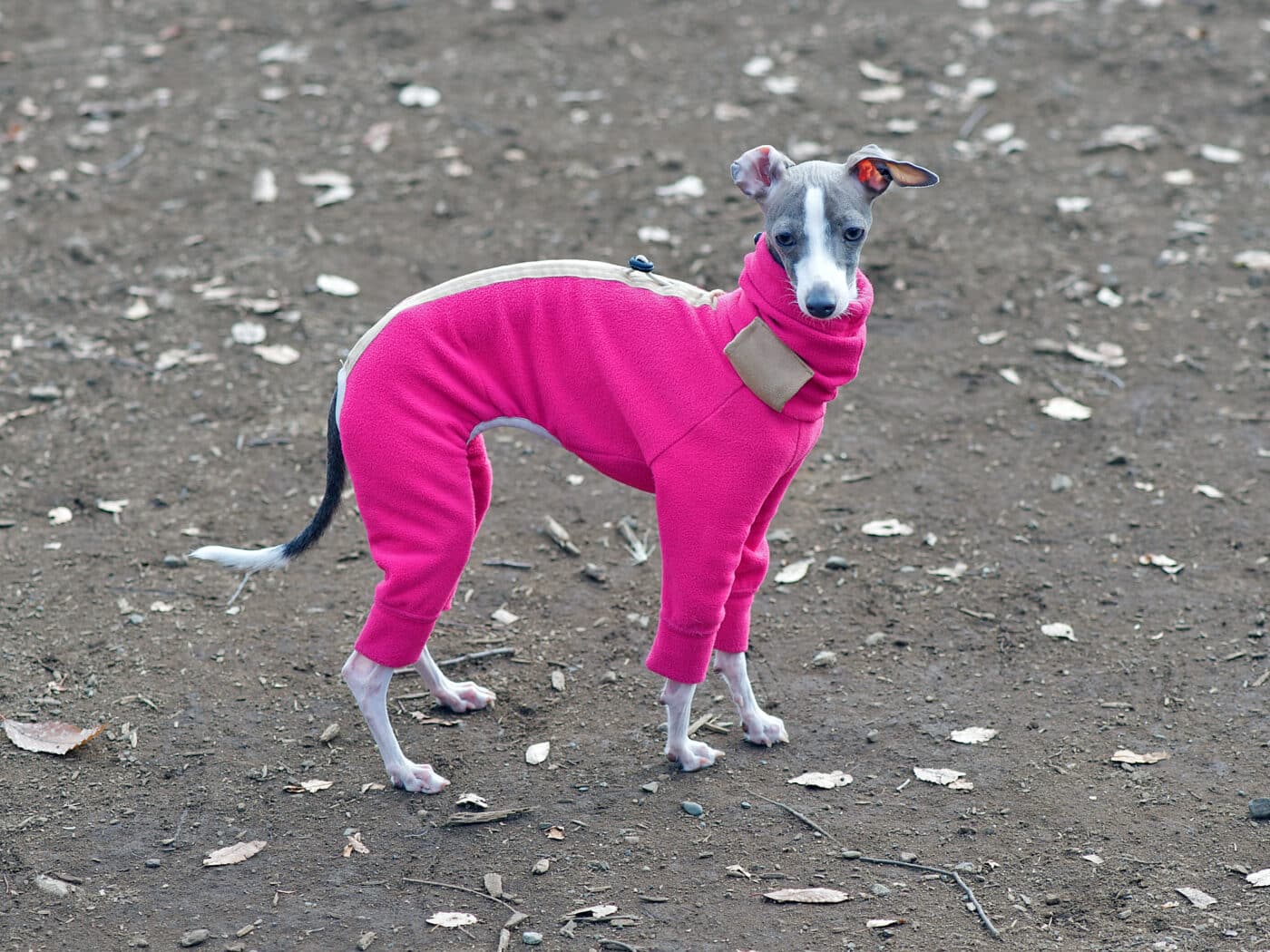 Shutterstock
Shutterstock
With the grace of a ballerina and the chill of a noble who’s definitely not chasing anything today, the Italian Greyhound was the lapdog of choice for Roman nobles, Renaissance dukes, and European royals. They were adored for their elegant build and affectionate nature, often lounging in the sun while poets wrote sonnets about them. These sleek companions were known to warm the feet of emperors and curl up beside queens in marble palaces. The only thing more fragile than their skinny legs was their ego—and they liked it that way.
Bichon Frisé
 Shutterstock
Shutterstock
The Bichon Frisé practically invented the “cute but make it elite” lifestyle. Popular with French royalty, especially under King Henry III, these fluffy clouds were pampered, perfumed, and sometimes carried in baskets like living accessories. They were known to entertain court members with tricks and charm, bouncing through gilded hallways with infectious joy. There were fewer guard dogs and more “guard your heart” dogs, stealing affection and turning every room into a private party. They didn’t protect the palace—they were the palace vibe.
Lhasa Apso
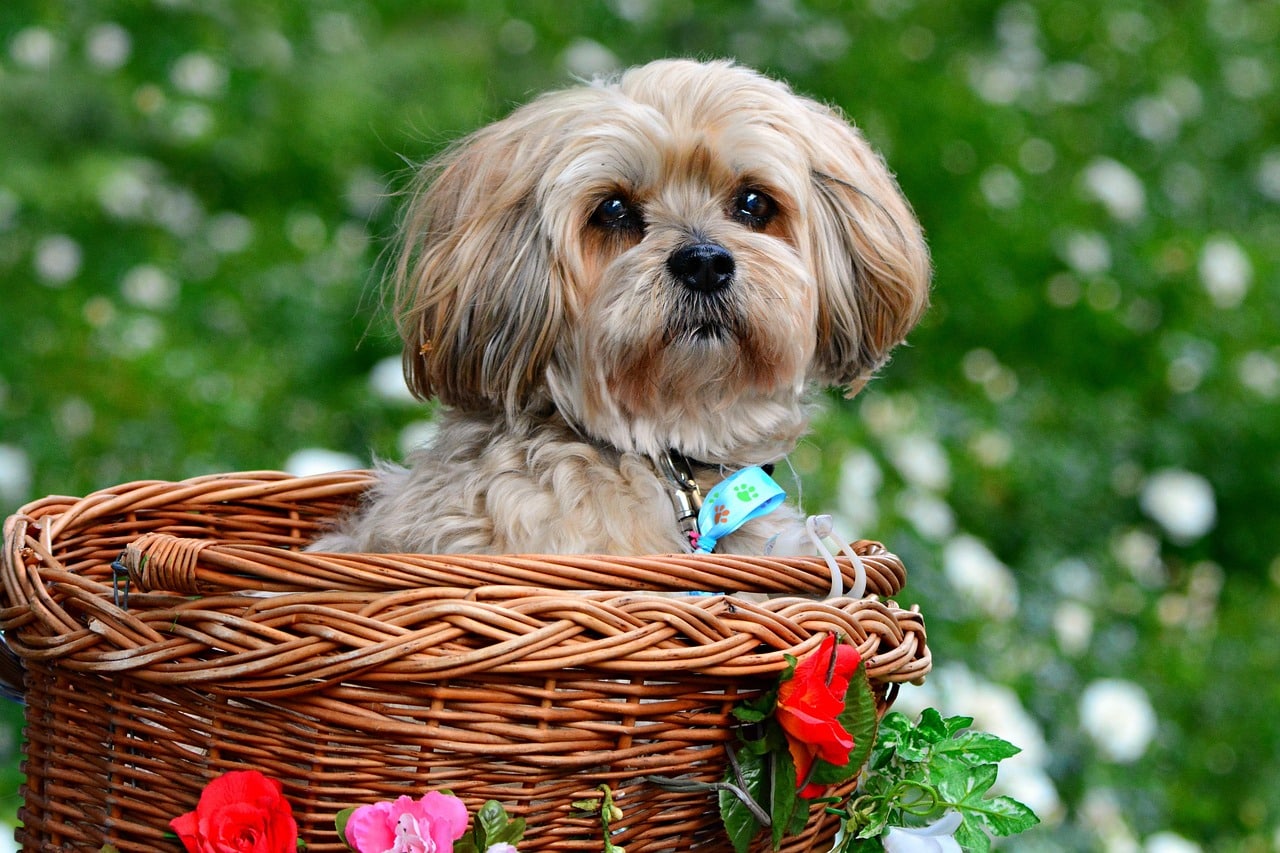 Shutterstock
Shutterstock
The Lhasa Apso served as an indoor sentinel in Tibetan palaces and monasteries, alerting their royal or spiritual companions to any unfamiliar presence. With their long, flowing coats and calm demeanor, they were revered as more than pets—they were considered lucky and sometimes believed to house the reincarnated souls of monks. These dogs were never sold, only gifted as signs of great honor. Lhasas weren’t just keeping nobles company—they were guarding temples with fluff and wisdom.
Chinese Crested
 Shutterstock
Shutterstock
The Chinese Crested has two varieties—hairless and powderpuff—but both have a long history of nobility, charm and a little bit of eccentricity. Brought on ships by Chinese traders and eventually finding their way into European courts, these dogs were beloved for their exotic look and cuddly temperament. Their warm skin made them popular as living hand-warmers among nobles who didn’t want to be seen shivering. In high society, these dogs were less about chasing balls and more about being conversation starters wrapped in glamour.
Brussels Griffon
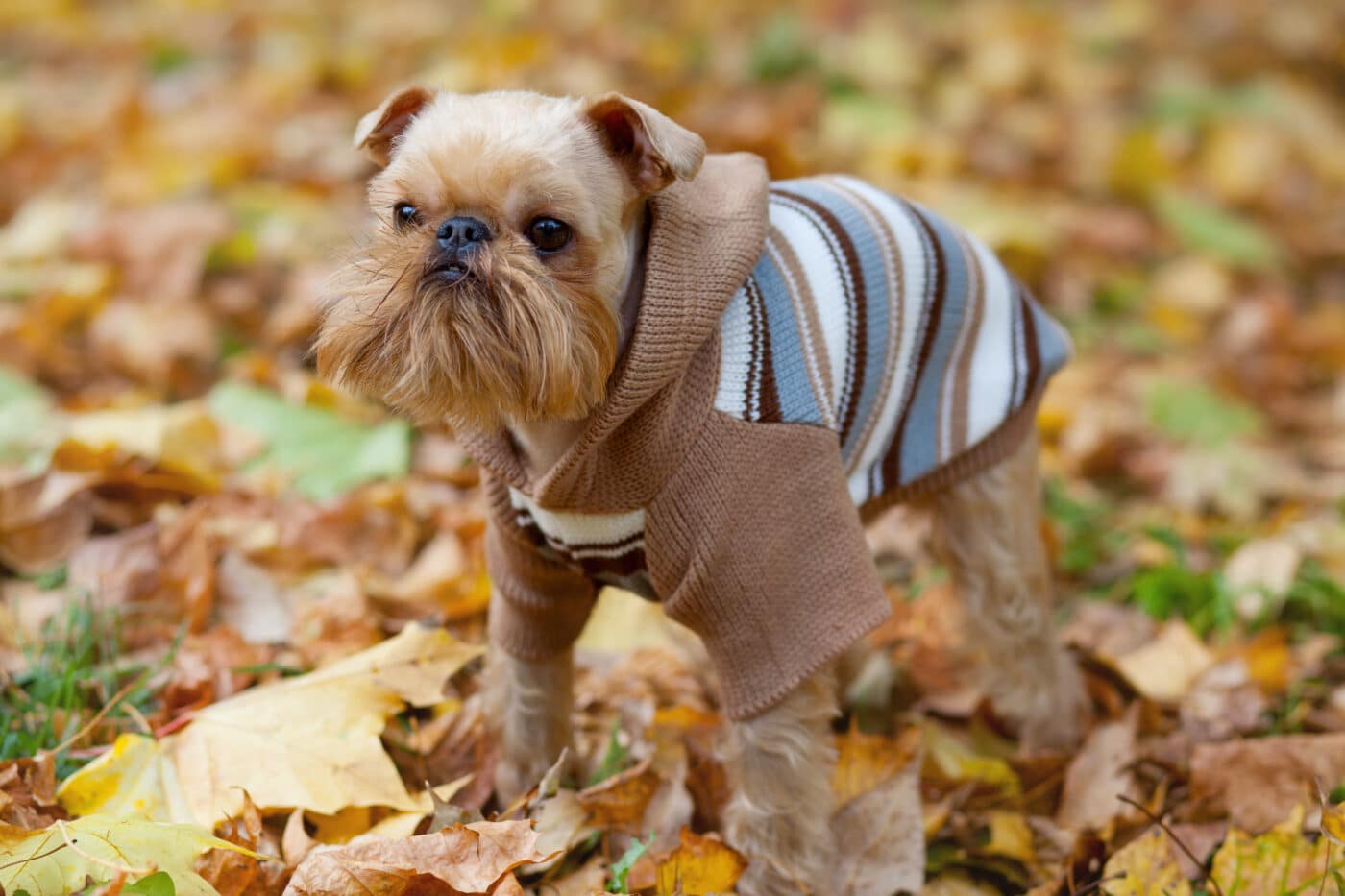 Shutterstock
Shutterstock
The Brussels Griffon’s expressive face and big personality helped it go from stable rat-catcher to Belgian aristocrat lapdog in record time. These small, bearded charmers were prized by European nobility for their unique look and charming behavior. Once they moved out of the stables and into royal chambers, they never looked back. They were featured in paintings and often given the same respect as court entertainers—except they were cuter and less likely to offend the king.
Yorkshire Terrier
 Shutterstock
Shutterstock
Today’s Yorkie may be a pocket-sized fashionista, but it actually started as a tough little working-class dog used to catch rats in English mills. That changed when the upper class noticed their glamorous coats and big attitudes in small packages. Suddenly, the Yorkie was being pampered by Victorian ladies, adorned with ribbons, and carried around like the ultimate accessory. From factory floors to velvet cushions, the Yorkie’s journey is one of the most stylish glow-ups in dog history.
Toy Poodle
 Shutterstock
Shutterstock
Poodles are often associated with France, but the Toy Poodle’s rise to luxury status really took off during the reign of King Louis XVI. These dogs were bred down from the Standard Poodle to become the ultimate lapdog, adored for their intelligence, trainability, and fashionable fluff. With their distinct grooming styles and love for attention, Toy Poodles became the little entertainers of royal courts. They were less about duck hunting and more about dramatic entrances. If Marie Antoinette had a group chat, the Toy Poodle would’ve been its most dramatic member.
The Royal Nap Never Ends
 MidJourney
MidJourney
These small dog breeds have been enjoying the royal treatment for centuries. They weren’t just pampered—they were adored, adorned, and featured in paintings more frequently than the nobles themselves. From ancient palaces to posh penthouses, these pups have always known their worth. Their beds may have evolved from embroidered velvet cushions to plush modern sofas, but their standards haven’t budged. These dogs still expect the finest things in life—attention, admiration, and perhaps a hand-delivered snack. Royal roots don’t fade; they get fluffier.

 1 week ago
5
1 week ago
5
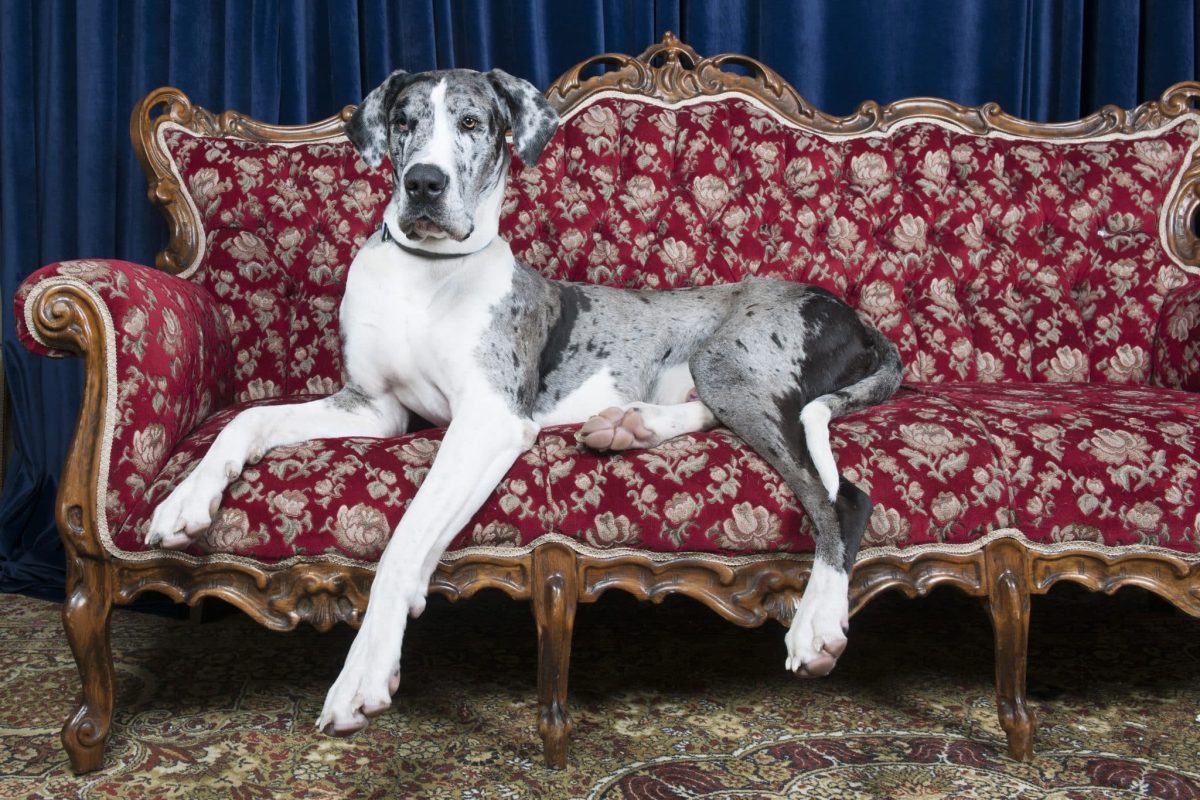

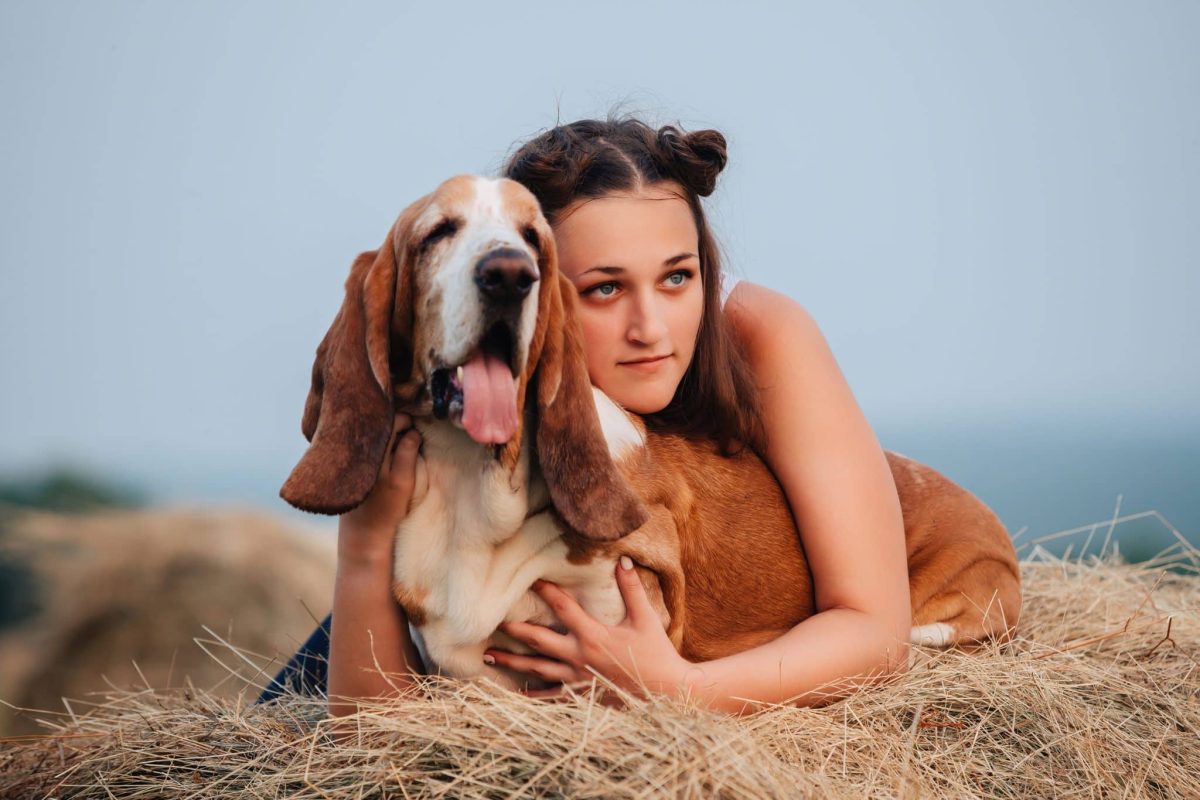







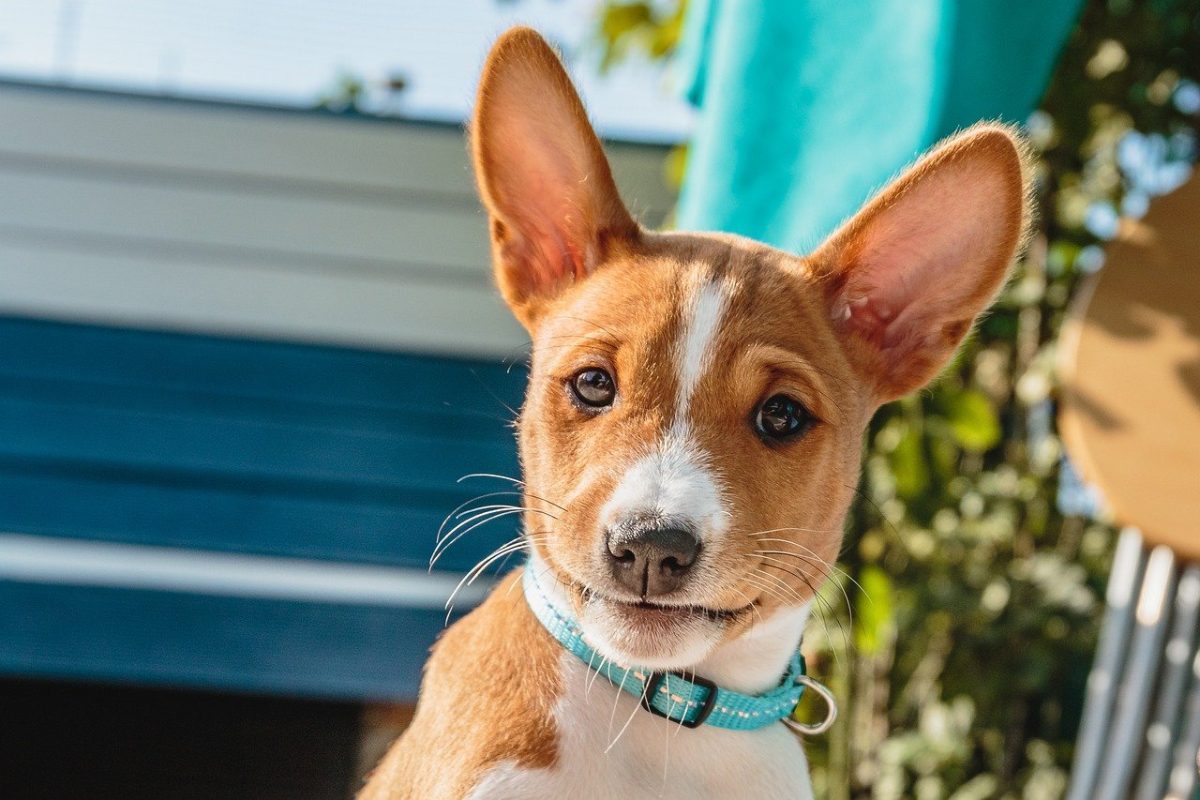

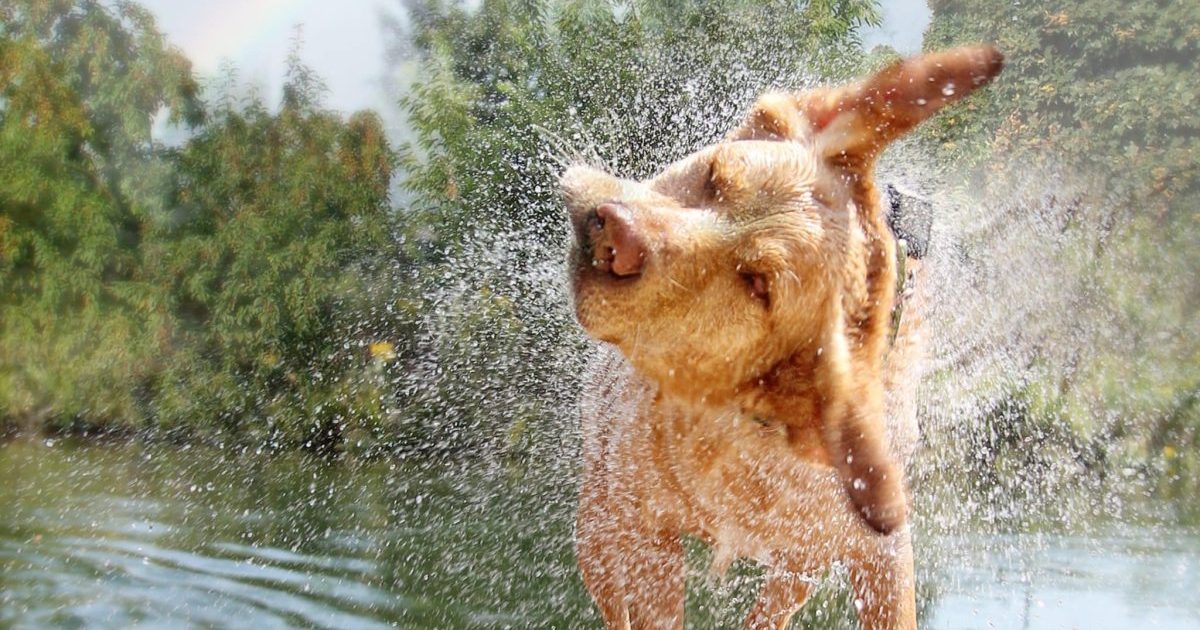

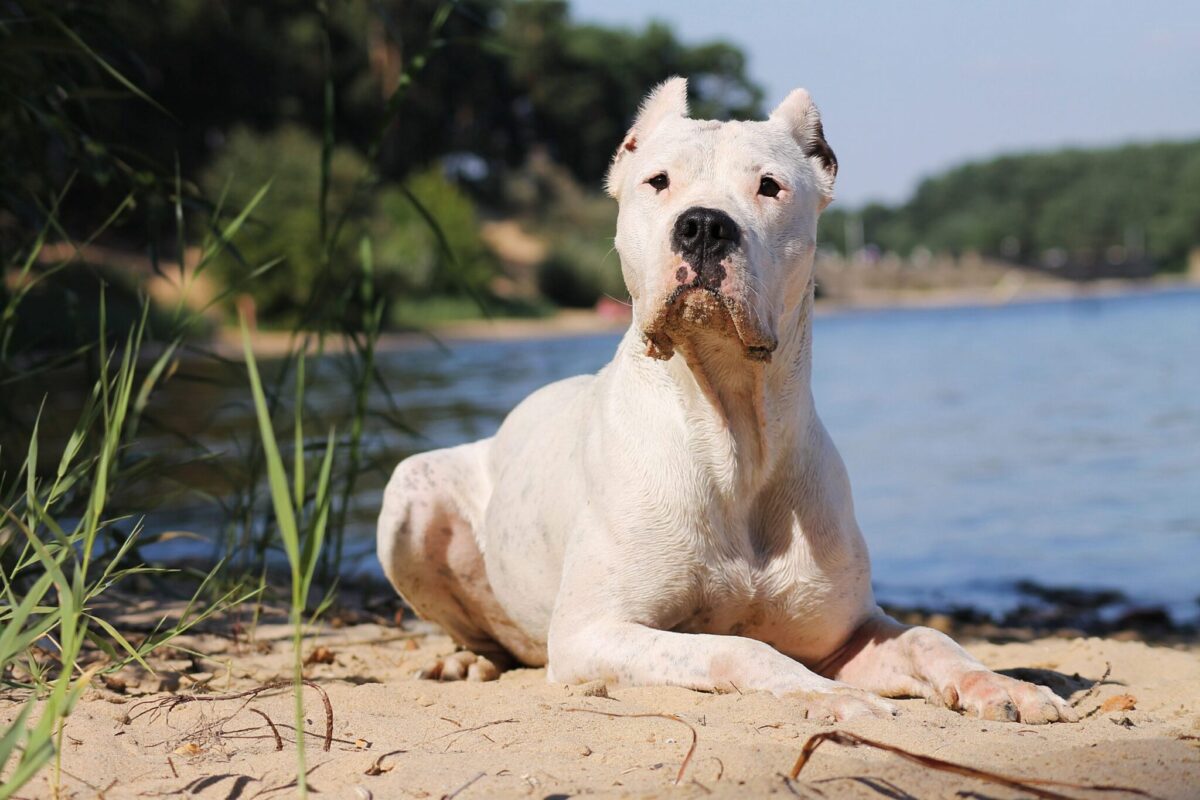

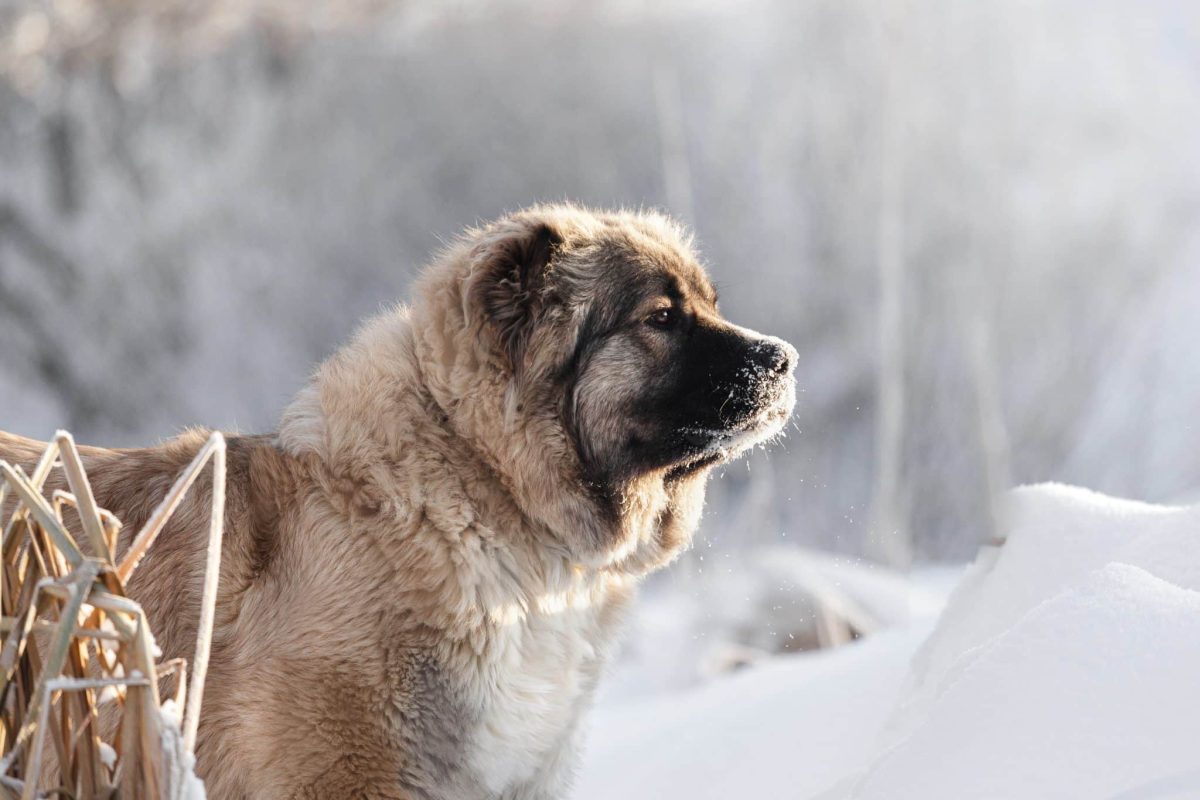
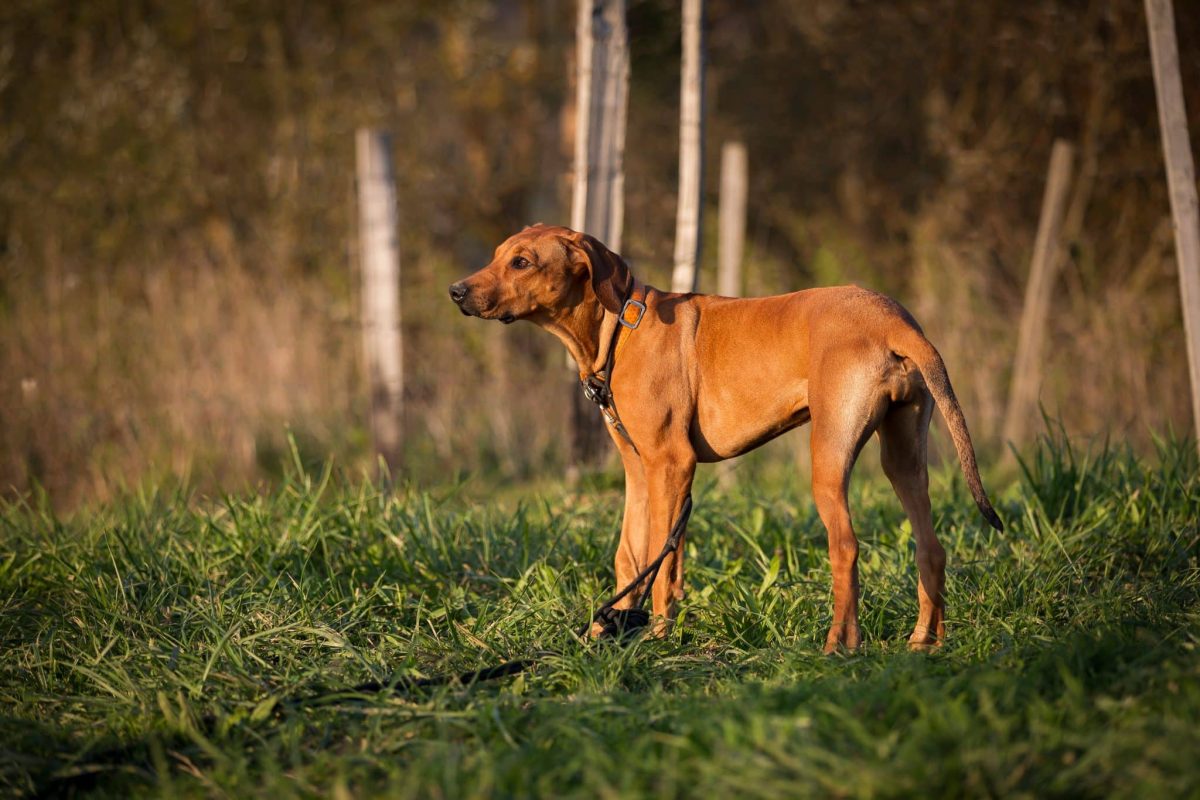
 English (US) ·
English (US) ·